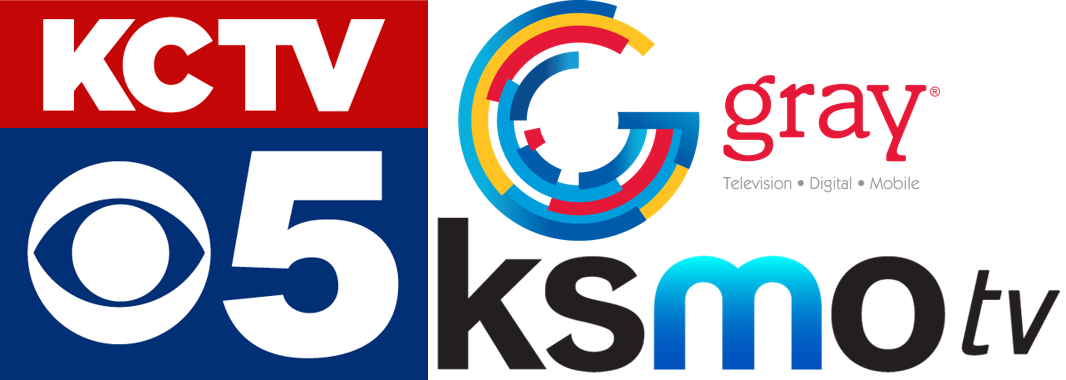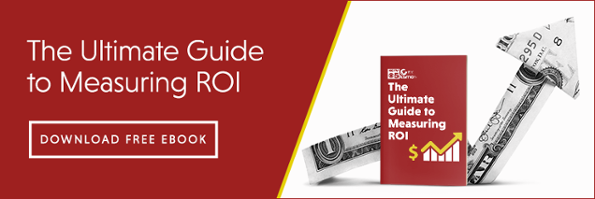.jpg?width=734&name=iStock-1159377900%20(1).jpg)
The world of marketing is full of metrics that speak to the effectiveness of a given campaign. Media cost, CPC, CPM, and ROAS are all examples of common measurements. In this article, we will discuss two of the most basic, yet most important metrics to determine how well an advertising campaign is performing: reach and frequency.
We could draw on several examples to illustrate the concepts of reach and frequency as applied to real-world marketing. For instance, Budweiser's famous "frog commercials" reached millions of TV viewers, and were broadcast with enough frequency to make a lasting impression. Whether a company is focusing on a digital or television campaign, these two concepts are just as fundamental today as they were 20 years ago.
What is Reach?
Market reach has been defined as "the estimated number of potential consumers who could see your specific campaign or advertising medium." In the realm of TV advertising, this would encompass the total potential audience for the channel on which an ad or series of ads will play. For example, if a furniture company wanted to broadcast a series of promotional spots on a local TV station, then the company's market reach would include all of the viewers in the area that regularly tune in to that channel.
What is Frequency?
Frequency is a different but complementary concept to reach, as it measures how many times each unique consumer (or "user") views an ad within a predefined time frame. Frequency is typically expressed in terms of an impression to time ratio. For example, 8 impressions on a single user within a 24 hour period would yield a frequency rate of 8/24.
At its most basic, frequency cannot provide specific data on how many times each and every viewer sees an ad per day. However, it can yield an approximate average by means of the following formula:
Frequency = Total Measured Impressions / Total Unique Users (per Time Frame Measured)
In the context of a television campaign, frequency is by no means a perfect metric. A viewer could change the channel right before an ad comes on, or temporarily leave the room and miss the spot. Nevertheless, the above formula can help a marketing analyst obtain a fairly accurate picture of not only how many consumers were within the scope of a campaign, but also how many times on average each consumer saw the commercial in question.
How Do They Work?
Reach and frequency work together as key considerations for marketers planning a TV ad campaign. Of course, for optimal results, these two factors should be leveraged towards a company's most profitable target demographic.
As an example, suppose that a business’s prime audience is composed of 9 to 5 office workers. In such a scenario, it would make more sense for the company's marketers to schedule TV spots later in the evening, rather than during the day. This strategy would maximize the business' reach for high-value consumers.
In addition, studies have shown that exposure to digital advertising a median of 7 times is the key to improved brand lift for a given campaign. Thus, frequency should always be a factor in the marketing manager's decision-making process. As a rule of thumb, it's better to reach 20 people with a marketing message 5 times, than to reach 100 consumers only once. With that principle in mind, many marketers find that the optimal number for reach within the parameters of a specific campaign depends on the number of impressions that can be made on each user.
Granted, there are exceptions to the above rule. If a commercial has a long run-time or is designed to be a standalone, one-time promotion, then that will change the nature of the pre-campaign planning stage. One of the most famous examples of this convention-defying approach is Apple's "1984" commercial that aired once, and only once, during the Super Bowl of that year.
Why Are They Important to Your Marketing Campaign?
Simply put, when marketers pay attention to reach and frequency they are able to deliver a higher ROI on their campaigns. Defining and refining a campaign's market reach allows advertisers to target high-value consumers; taking frequency into account promotes brand familiarity within the audience, and correlates with stronger sales.
If you are planning a television ad campaign or any other type of marketing initiative, then it is imperative that you take reach and frequency into account. Even though there are many moving parts involved with these two marketing concepts, they can serve as powerful guidelines to maximize your campaign's effectiveness and profitability. Of course, working with an experienced media partner can help you to navigate the complexities of leveraging reach and frequency. Regardless, if you give these two fundamental concepts the attention they deserve, you are sure to see exceptional results from your advertising campaigns.






